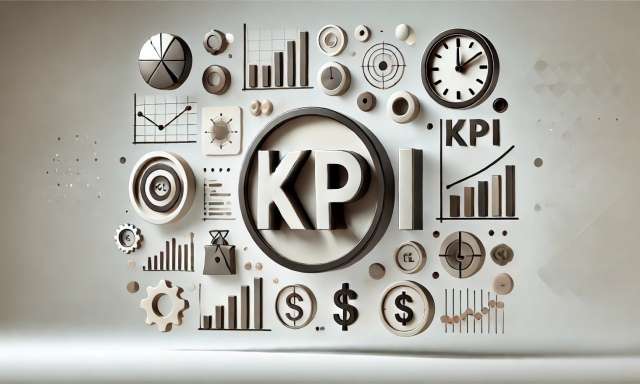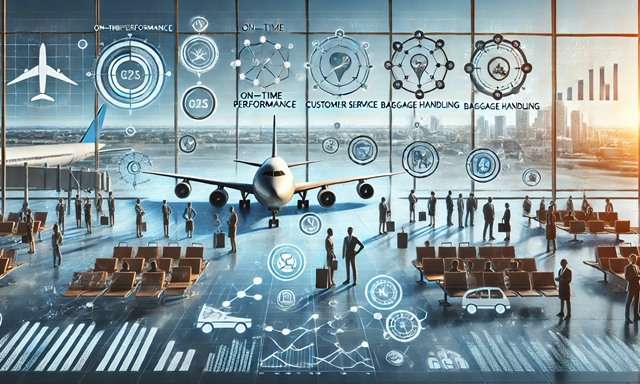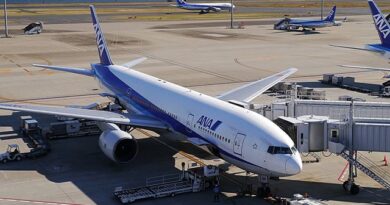Airline Companies and Their KPIs for Customer Satisfaction and Loyalty
In the competitive airline industry, customer satisfaction and loyalty are crucial to maintaining profitability and growth. Airlines use a variety of Key Performance Indicators (KPIs) to measure how well they meet customer expectations and foster long-term loyalty. First we start with what KPI is. Then we will explore some key KPIs airlines track, real-world examples, and how these metrics impact business performance. Let’s dive into airline companies and their KPIs for customer satisfaction and loyalty.
What is a KPI?
A KPI (Key Performance Indicator) is a measurable value that demonstrates how effectively a company or individual is achieving specific business objectives. Organizations use KPIs at various levels to evaluate their success in reaching targets, whether operational, financial, or strategic.
KPIs are used to track progress towards goals, such as increasing revenue, improving customer satisfaction, or enhancing operational efficiency.
They can be tailored for different departments, like sales (e.g., number of deals closed), marketing (e.g., website traffic), or customer service (e.g., resolution time).
KPIs help guide decision-making and identify areas for improvement.
Effective KPIs should be specific, measurable, attainable, relevant, and time-bound.

1. Net Promoter Score (NPS)
NPS measures customer loyalty by asking how likely passengers are to recommend the airline. A high NPS suggests strong customer satisfaction. For example, Southwest Airlines consistently ranks high in NPS due to its emphasis on customer service and employee engagement. In contrast, United Airlines has struggled with customer satisfaction, as shown by its lower NPS, which is affected by negative incidents like overbooking and delayed flights (Retently; McKinsey & Company).
2. Customer Satisfaction Index (CSI)
CSI aggregates various metrics, including booking experience, in-flight comfort, and baggage handling. Airlines like Delta excel in customer satisfaction by focusing on service recovery, on-time performance, and offering perks such as lounge access and seat upgrades for loyal customers. Alaska Airlines, another top performer, often tops CSI rankings, making it a leader in customer service (Retently).
3. On-Time Performance (OTP)
Timely flights are a major factor in customer satisfaction. Delta Airlines frequently ranks high for OTP, contributing to its overall strong customer satisfaction scores. Airlines that consistently face delays, like United, often struggle with negative customer feedback, impacting loyalty (McKinsey & Company).
4. Loyalty Program Engagement
Frequent flyer programs are a major driver of customer loyalty. Airlines such as Emirates and American Airlines have enhanced their loyalty programs by offering more dynamic reward structures, allowing passengers to redeem points for various perks like in-flight Wi-Fi, lounge access, or seat upgrades. These programs not only boost customer retention but also incentivize repeat business (McKinsey & Company).
5. Service Recovery Rate
How quickly and effectively airlines handle complaints significantly impacts customer loyalty. United Airlines has seen improved service recovery efforts, using AI-driven insights to streamline customer support, which has helped elevate customer satisfaction (McKinsey & Company). Addressing issues like lost luggage or flight cancellations efficiently can turn dissatisfied customers into loyal ones.
6. Social Media Sentiment
Monitoring social media helps airlines capture real-time customer feedback. Airlines like Southwest actively manage their social media presence to engage with customers and address issues before they escalate. Positive interactions on social platforms can boost brand image and loyalty (Retently).

Conclusion
By focusing on KPIs like NPS, CSI, OTP, and loyalty program engagement, airlines can better understand customer needs and improve satisfaction. Real-world examples from Southwest, Delta, and United demonstrate that investing in customer satisfaction directly correlates with increased loyalty and financial performance.
These KPIs allow airlines to refine their services, improve operational efficiency, and build long-lasting customer relationships, ultimately driving success in a competitive industry.


